Back in the 1960s, when gasoline cost a mere 35 cents per gallon, fuel efficiency was hardly a concern for American drivers. This era of cheap gas paved the way for the rise of iconic muscle cars such as the Ford Mustang, Chevrolet Camaro, Dodge Challenger, and Dodge Charger. Fueled by powerful big-block V8 engines and a carefree attitude towards fuel consumption, many of these American muscle cars from the ’60s now stand out as some of the Worst Mpg Cars ever produced in the United States.
Iconic American Cars Known for Their Terrible Gas Mileage
While not all American cars with the lowest miles per gallon (MPG) hail from the 1960s, a significant portion of them do. Although gasoline was inexpensive during their heyday, owning and operating these gas-guzzling classics today requires a considerably larger budget for fuel. Let’s delve into some of the most notorious examples of American cars with the worst MPG.
Chevrolet Corvette: A Legend with a Thirst
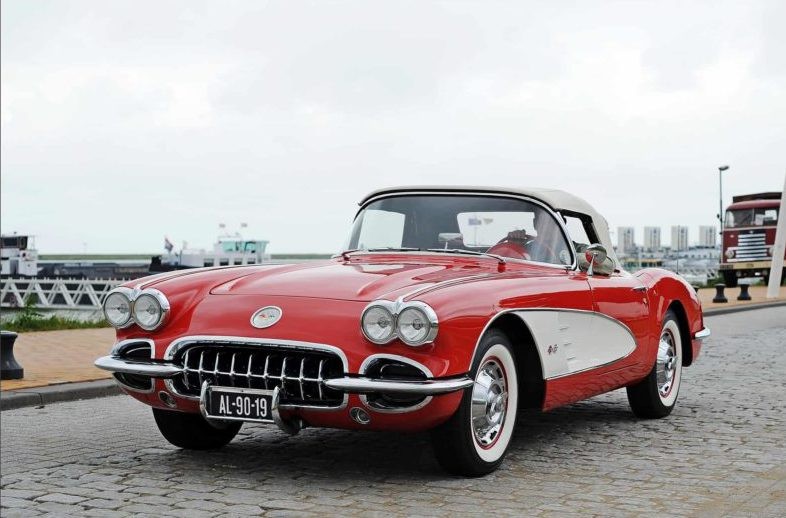 Classic 1960 Chevrolet Corvette with chrome details and white sidewall tires
Classic 1960 Chevrolet Corvette with chrome details and white sidewall tires
The Chevrolet Corvette, since its debut in 1953, rapidly achieved legendary status, especially during the 1960s. Production numbers surged from an initial 1,000 units annually to approximately 27,000. The second-generation Corvette in this decade offered a range of potent engine choices, including high-performance variants. The 1960 Corvette, powered by a fuel-hungry V8 engine, delivered an estimated fuel economy of just 13 to 14 mpg. This combination of performance and style, despite its poor gas mileage, cemented the Corvette’s place in automotive history.
Pontiac Grand Prix: Style and Size Come at a Price
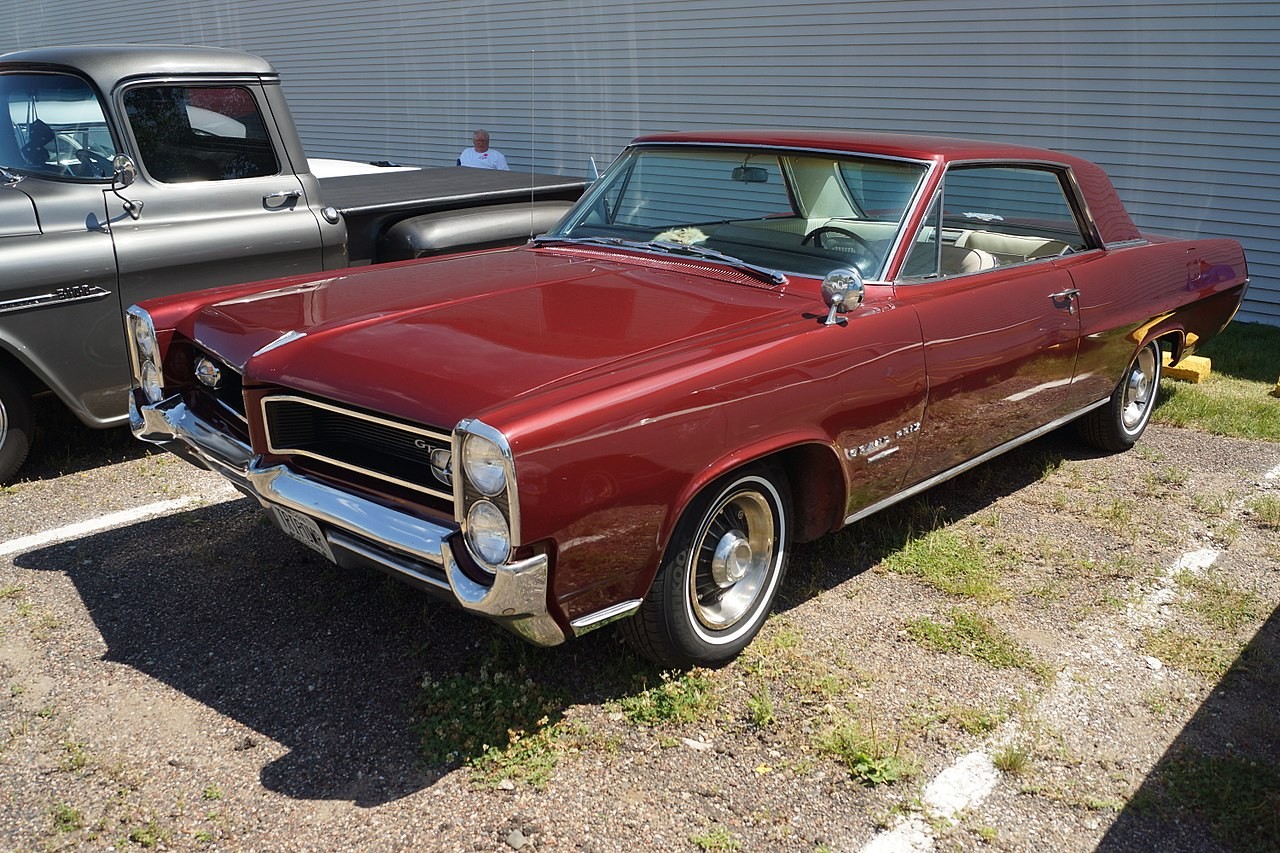 Side view of a 1964 Pontiac Grand Prix coupe with a long hood and chrome trim
Side view of a 1964 Pontiac Grand Prix coupe with a long hood and chrome trim
Introduced in 1962 and produced until 2008, the Pontiac Grand Prix, particularly its early generations, was synonymous with both style and power. First-generation models featured V8 engines with displacement options ranging from 6.4L to a massive 7.0L. The second generation, launched in 1968, further amplified the V8’s size, offering a robust 7.5L option. Fuel economy for the Grand Prix, depending on the engine configuration, ranged from a dismal 10 to 14 mpg. This large personal luxury car prioritized power and presence over fuel efficiency, contributing to its reputation as one of the cars with the worst mpg.
Pontiac Bonneville: Luxury and Thirst Named After Speed
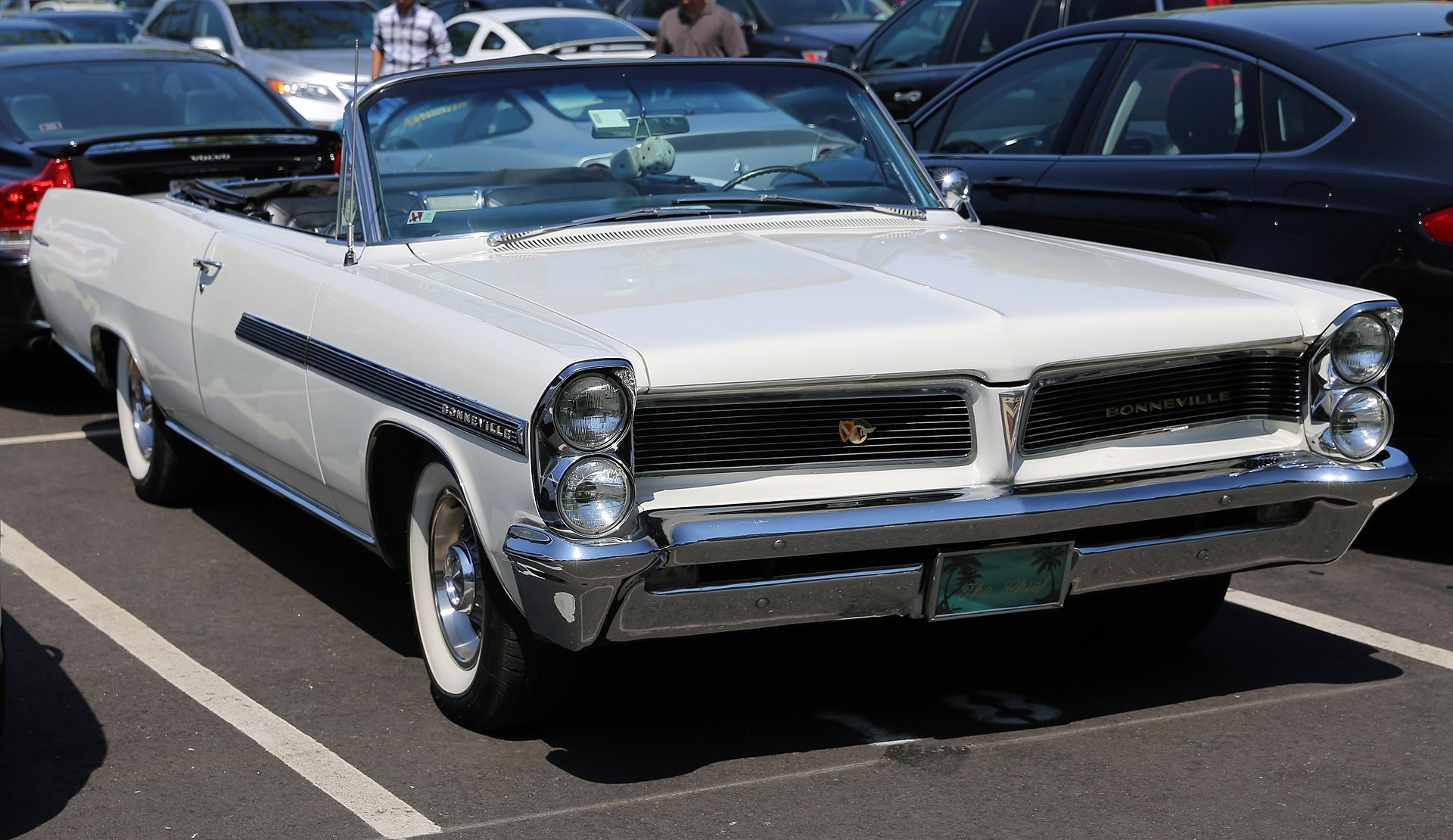 Classic 1963 Pontiac Bonneville convertible in light blue with the top down
Classic 1963 Pontiac Bonneville convertible in light blue with the top down
The Pontiac Bonneville, named after the Bonneville Salt Flats in Utah, where land speed records are frequently set, debuted in 1957. It was marketed as a vehicle that blended luxury with muscle car performance, equipped with a range of V8 engines spanning from 6.4L to 7.5L. During the 1960s, the Bonneville’s V8 engines were rumored to achieve an average fuel economy of around 10 mpg. While Pontiac attempted to improve fuel efficiency in later years, even the 1988 model’s reported 11.5 mpg was hardly economical. The Bonneville’s legacy remains tied to its powerful engines and poor fuel consumption.
Dodge Viper: V10 Power and Frequent Fuel Stops
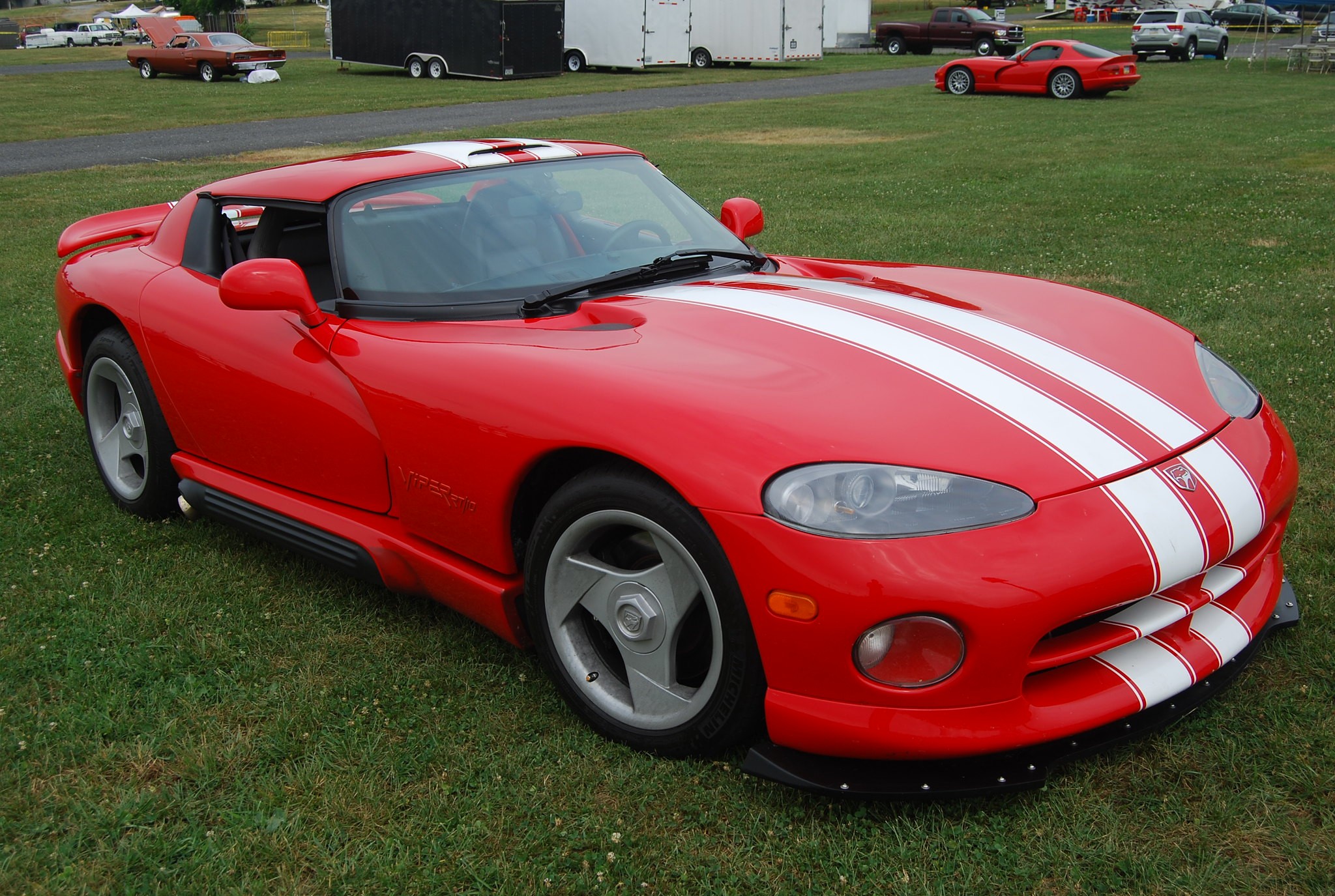 Aggressive looking 1992 Dodge Viper RT/10 in red with black accents parked outdoors
Aggressive looking 1992 Dodge Viper RT/10 in red with black accents parked outdoors
Photo Credit: artistmac
The original Dodge Viper, launched in 1992 with a price tag of $50,000, was an unapologetic performance machine. Only 155 units of this highly sought-after sports car were sold in its initial years (1992-1993). In a bold move exceeding the muscle cars of the ’60s, the Viper opted for a V10 engine, skipping the traditional V8. Its massive 8.0L V10 produced 400 horsepower but delivered a fuel economy of approximately 11 mpg in the city and 20 mpg on the highway. With a 22-gallon fuel tank, drivers could expect frequent trips to the gas station, especially given the Viper’s inherent encouragement of spirited driving. The Viper’s incredible performance came at the cost of significant fuel consumption.
Pontiac GTO: The Original Muscle Car with Thirsty Engines
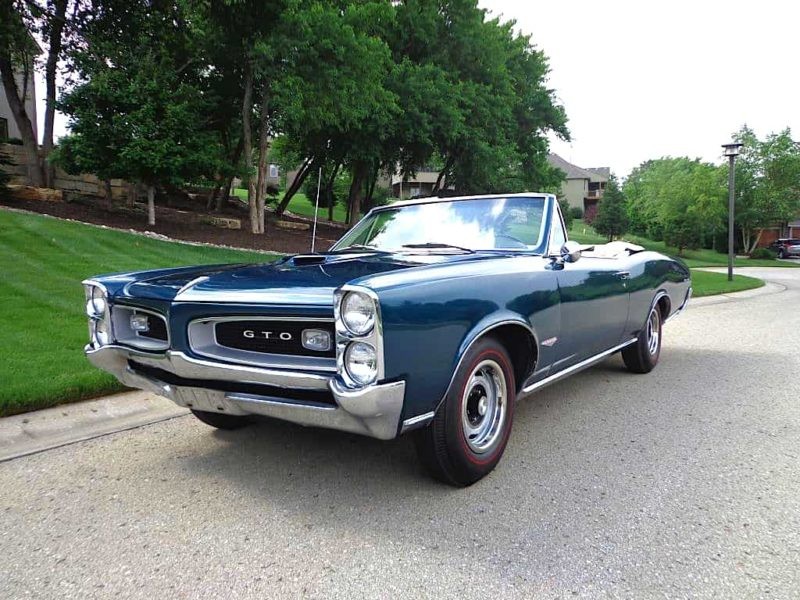 Classic 1966 Pontiac GTO hardtop in red parked at a car show
Classic 1966 Pontiac GTO hardtop in red parked at a car show
Unveiled in 1963, the Pontiac GTO is widely credited with initiating the muscle car era. Featuring a powerful V8 engine and named after a European racing designation, the GTO sparked controversy among racing purists but ignited passion among American car enthusiasts. Produced as both a hardtop and convertible from 1964 to 1967, the Pontiac GTO offered 6.4L or 6.6L V8 engines, producing between 335 and 360 horsepower depending on options. However, fuel economy was not improved with performance upgrades. True to its racing inspiration, the GTO averaged a poor 10.3 mpg, solidifying its place among the cars with the worst mpg.
Ford Mustang: Pony Car Icon, Gas Guzzler Heritage
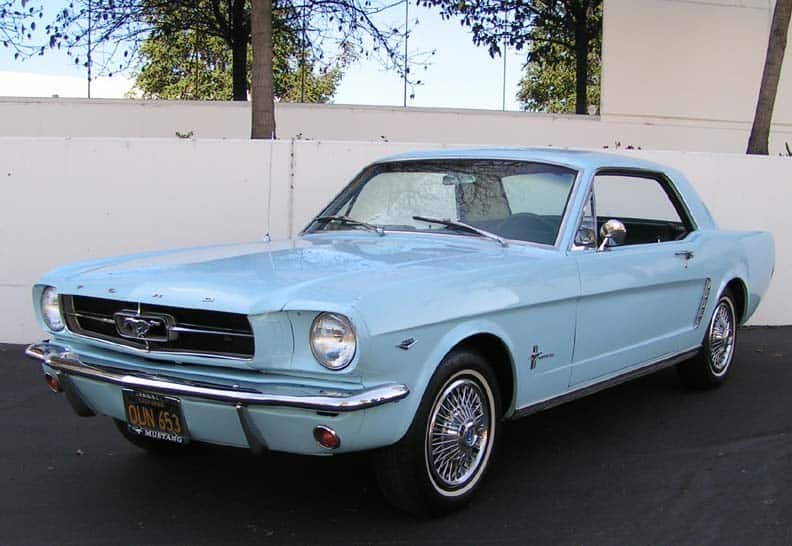 First generation 1964 Ford Mustang coupe in white with red interior
First generation 1964 Ford Mustang coupe in white with red interior
The Ford Motor Company introduced the Ford Mustang in 1964, drawing inspiration from the intermediate-sized muscle cars of the 1950s to create the quintessential ’60s sports car. The highly anticipated Mustang was an instant success, selling 22,000 units on its first day and a million within two years. While the Ford Mustang has evolved considerably over more than 30 years and 12 generations, early ’60s models were not known for their fuel efficiency, averaging around 10 mpg. Despite improvements in later models, the original Mustangs remain emblematic of an era where fuel economy was secondary to style and performance.
GMC Hummer: Modern Era Fuel Inefficiency on a Grand Scale
 Large military-style Hummer H1 in desert tan driving off-road
Large military-style Hummer H1 in desert tan driving off-road
The Hummer deviates from the ’60s muscle car theme, representing a more recent example of cars with the worst mpg. Originally built by AM General for the U.S. Army, the Hummer was released to the civilian market in 1992. General Motors acquired the Hummer brand in 1999 and launched three models: H1, H2, and H3. Regardless of the model year, Hummer production numbers remained relatively low, while fuel economy was consistently abysmal. The 2002 Hummer, for example, was rated at a mere 9.6 mpg. Hopes are now pinned on the new EV Hummer to redeem the brand’s fuel-guzzling legacy with electric efficiency.
Dodge Challenger: Latecomer to the Muscle Car Party, Early to the Gas Station
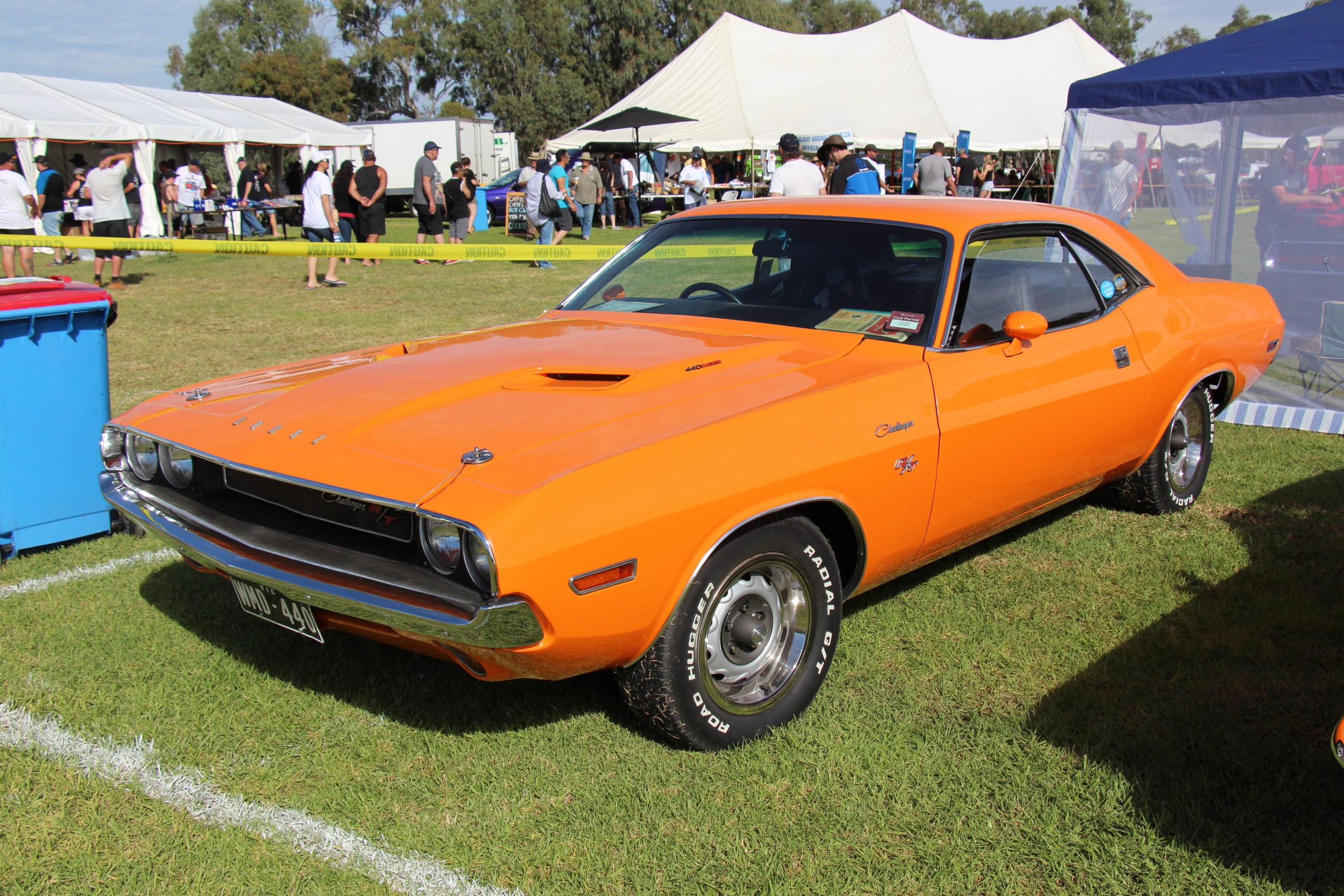 Bright orange 1970 Dodge Challenger R/T with black racing stripes and hood pins
Bright orange 1970 Dodge Challenger R/T with black racing stripes and hood pins
Dodge introduced the Challenger in 1970 as its competitor to the Ford Mustang and Chevrolet Camaro. Although arriving after the ’60s muscle car boom, the Challenger embraced the same principles of power and style. The base Challenger offered inline-six or V8 engines, while the upgraded Challenger R/T featured a 6.3L “Magnum” V8 producing 335 horsepower. Optional R/T engines included even larger and more powerful variants. Original Challenger drivers reported fuel economy figures ranging from a paltry 8 to 10 mpg, firmly placing it among the cars with the worst mpg.
Dodge Charger: Big Engine, Big Thirst, Iconic Design
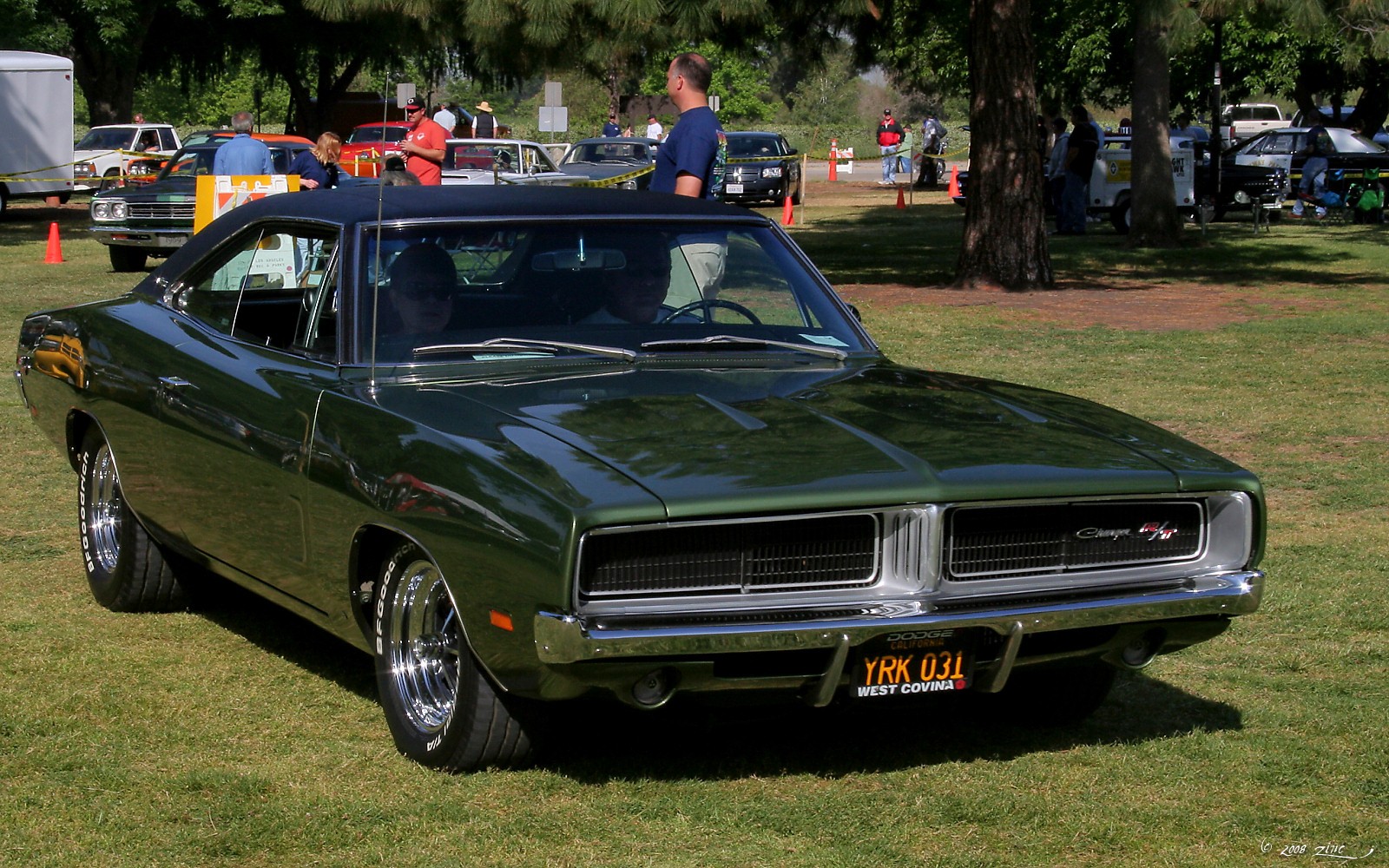 Sleek silver 1969 Dodge Charger R/T with hidden headlights and chrome bumpers
Sleek silver 1969 Dodge Charger R/T with hidden headlights and chrome bumpers
Photo Credit: Rex Gray
Mirroring the Challenger’s approach, Dodge doubled down on V8 power with the second-generation Dodge Charger, produced from 1968 to 1970, capitalizing on the final years of affordable gasoline. The 1969 Dodge Charger R/T boasted a 7.2L V8 engine generating 431 horsepower. While this potent engine perfectly complemented the Charger’s aggressive styling, fuel economy suffered significantly. Drivers were fortunate to achieve double-digit mpg figures with extremely conservative driving, with the second-generation Charger generally achieving around 8.7 mpg.
Chevrolet Camaro: Mustang Rival with a Gas-Guzzling Reputation
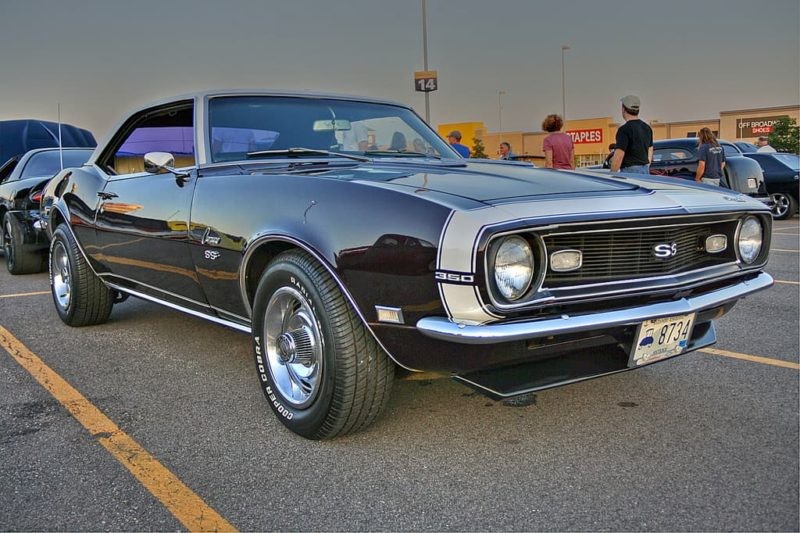 First generation Chevrolet Camaro coupe in blue with white racing stripes parked on asphalt
First generation Chevrolet Camaro coupe in blue with white racing stripes parked on asphalt
Introduced in 1966 as Chevrolet’s response to the Ford Mustang, the first-generation Camaro (manufactured in the U.S. from 1966 to 1969) embodied the characteristics of ’60s muscle cars, including notably poor fuel economy. The base Camaro featured a 3.8L inline-six engine, but performance-oriented versions like the SS and Z/28 were equipped with considerably thirstier V8 engines. Owners of first-generation Camaros have reported fuel economy ranging from a low of 5.5 mpg to a high of 9.2 mpg. The Camaro, while iconic, is undeniably among the cars with the worst mpg.
The Enduring Appeal of Cars with the Worst MPG
While these cars with the lowest mpg are certainly not economical choices for today’s drivers, their appeal extends beyond mere practicality for muscle car enthusiasts and those drawn to automotive nostalgia. Whether captivated by their striking aesthetics or the distinctive roar of their powerful V8 engines, these American classics retain a strong allure that keeps them on the roads, even if those journeys involve frequent gas station stops. Their place in automotive history is secure, not just for their performance and design, but also for their contribution to the list of America’s most iconic – and fuel-inefficient – vehicles.